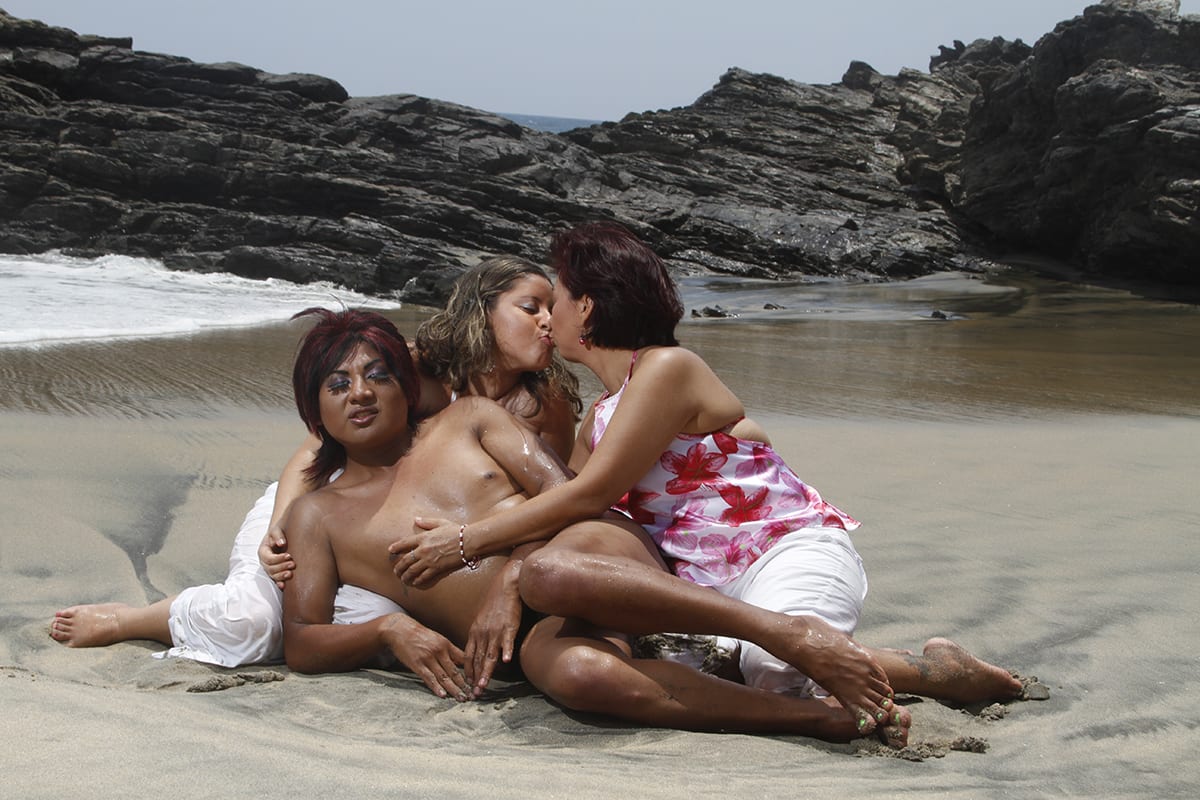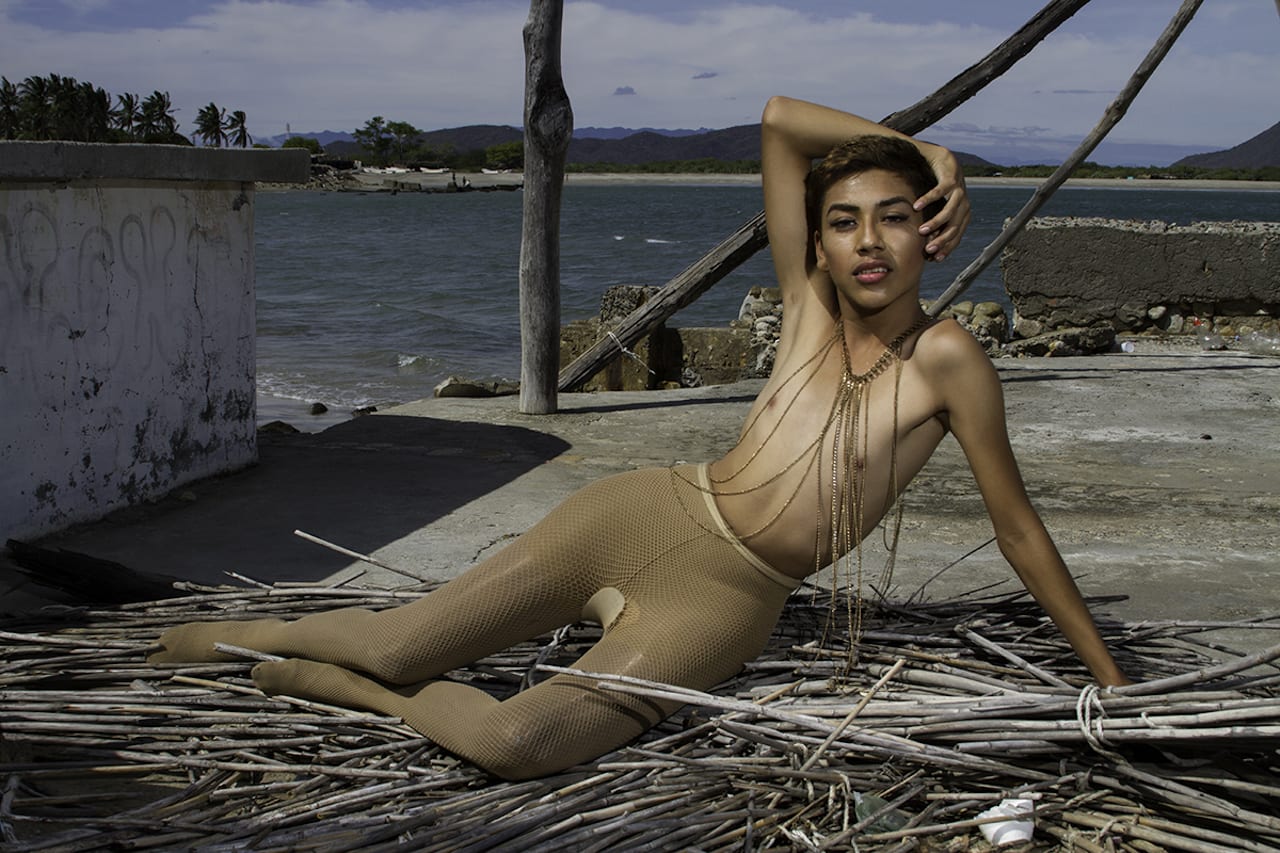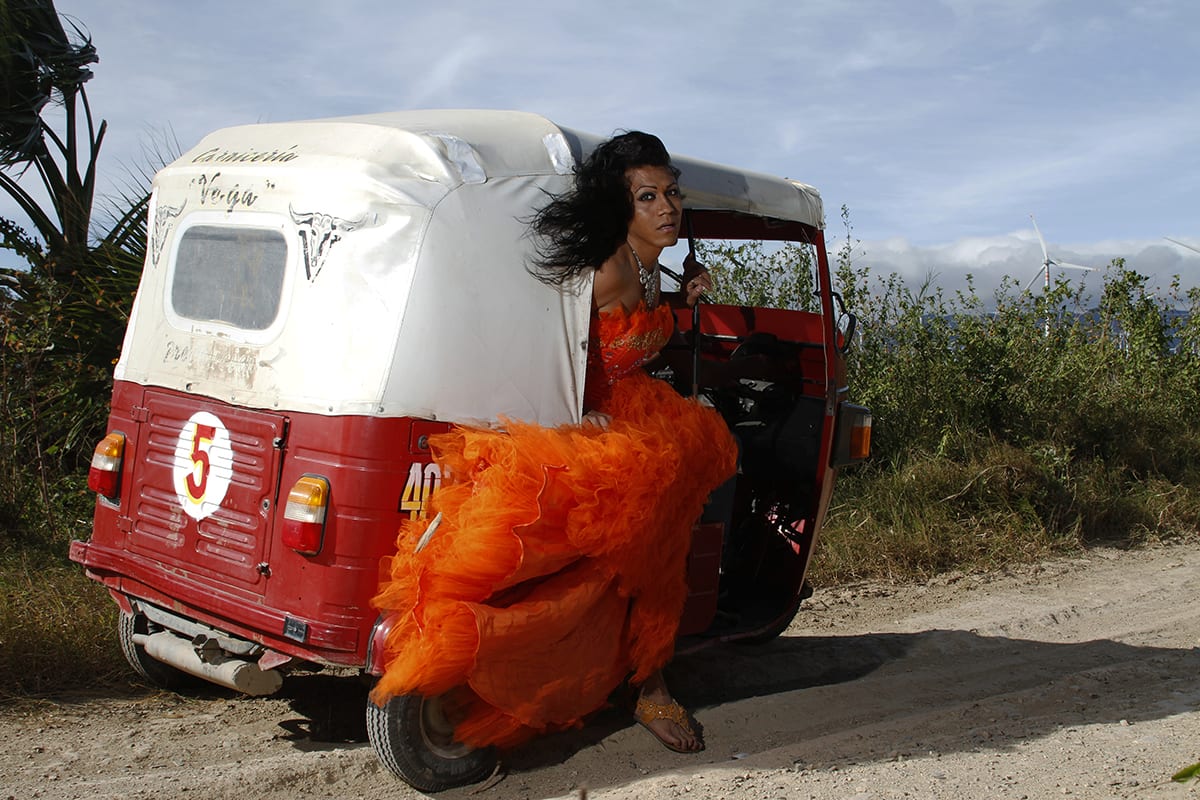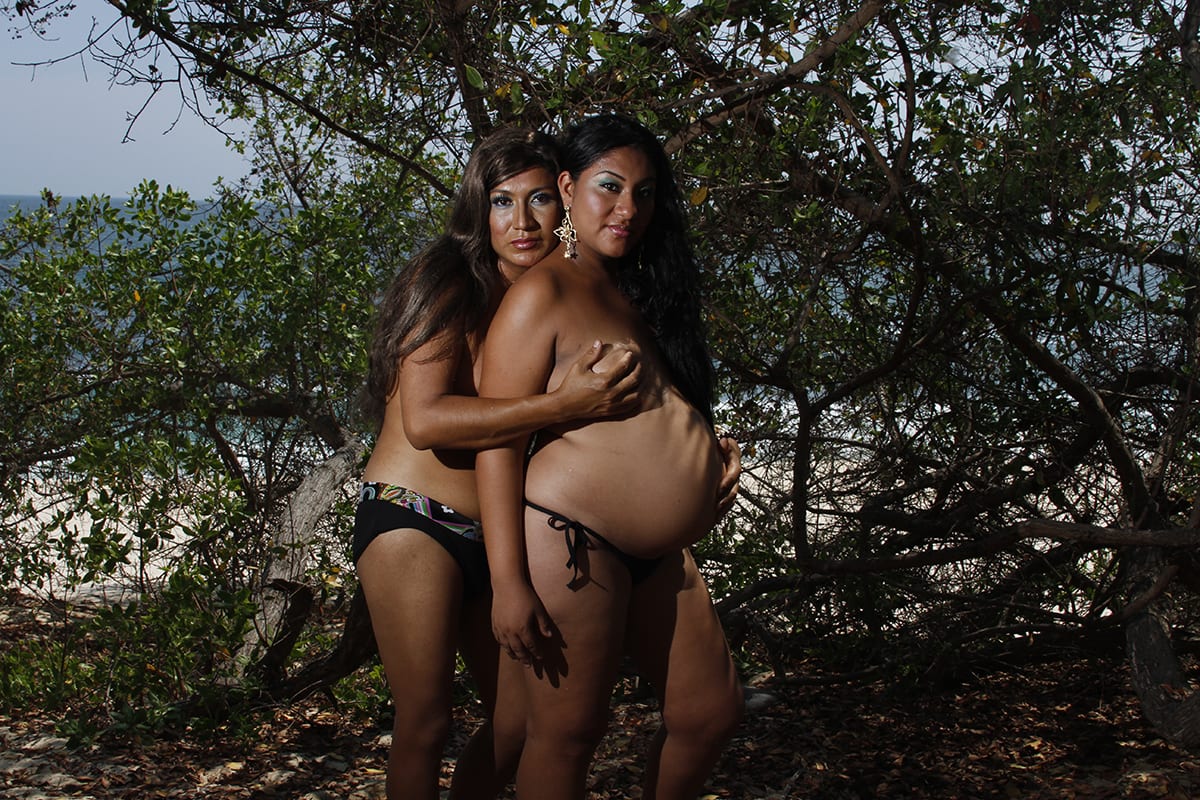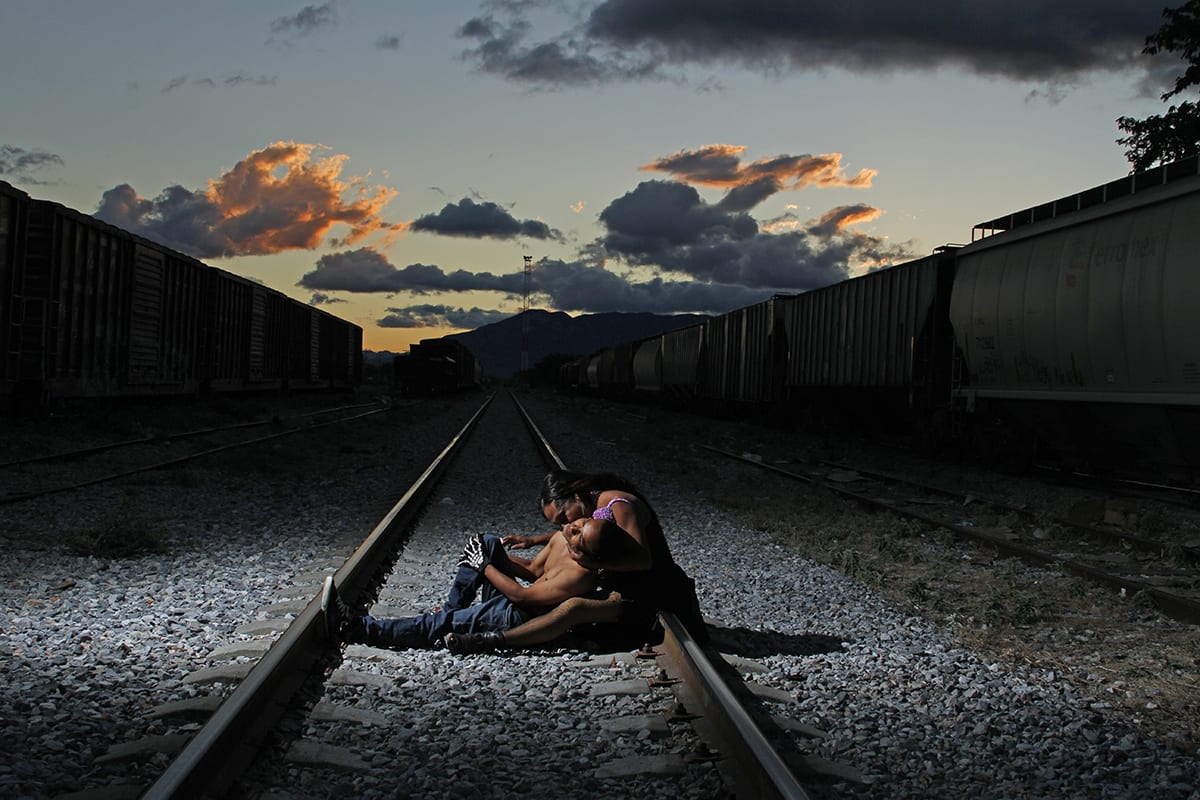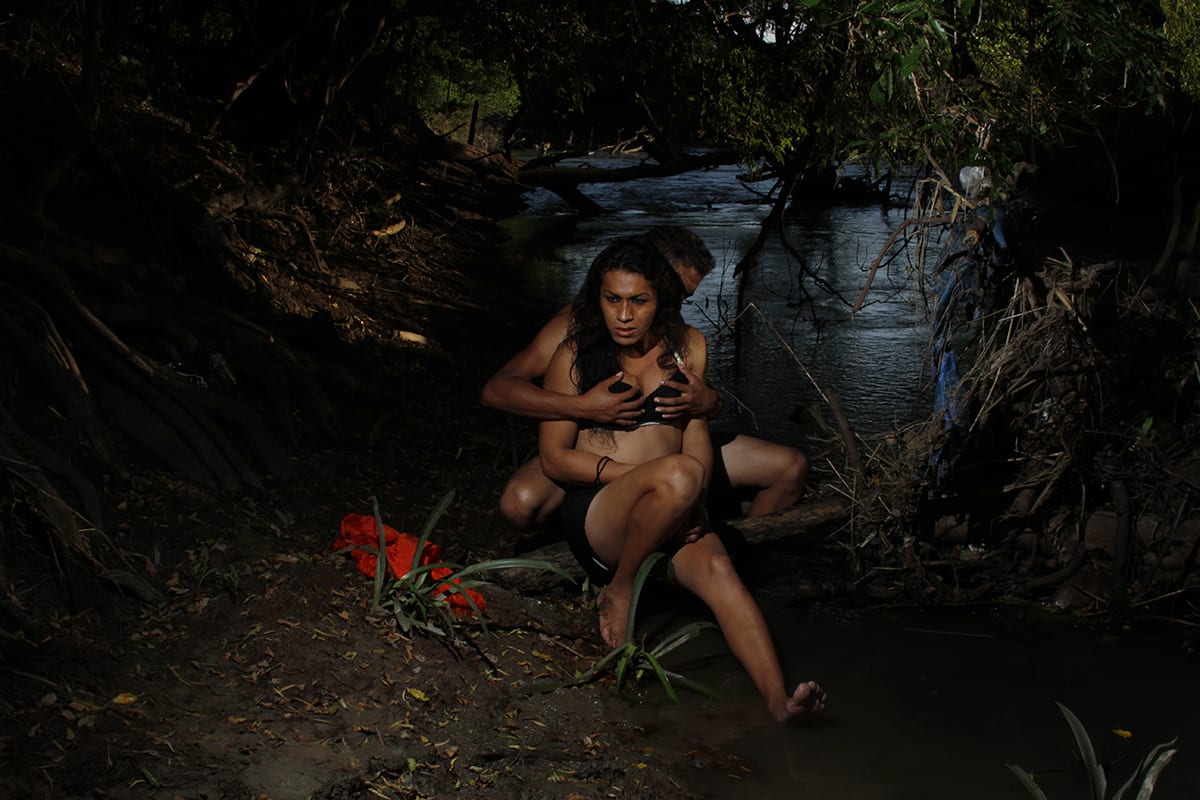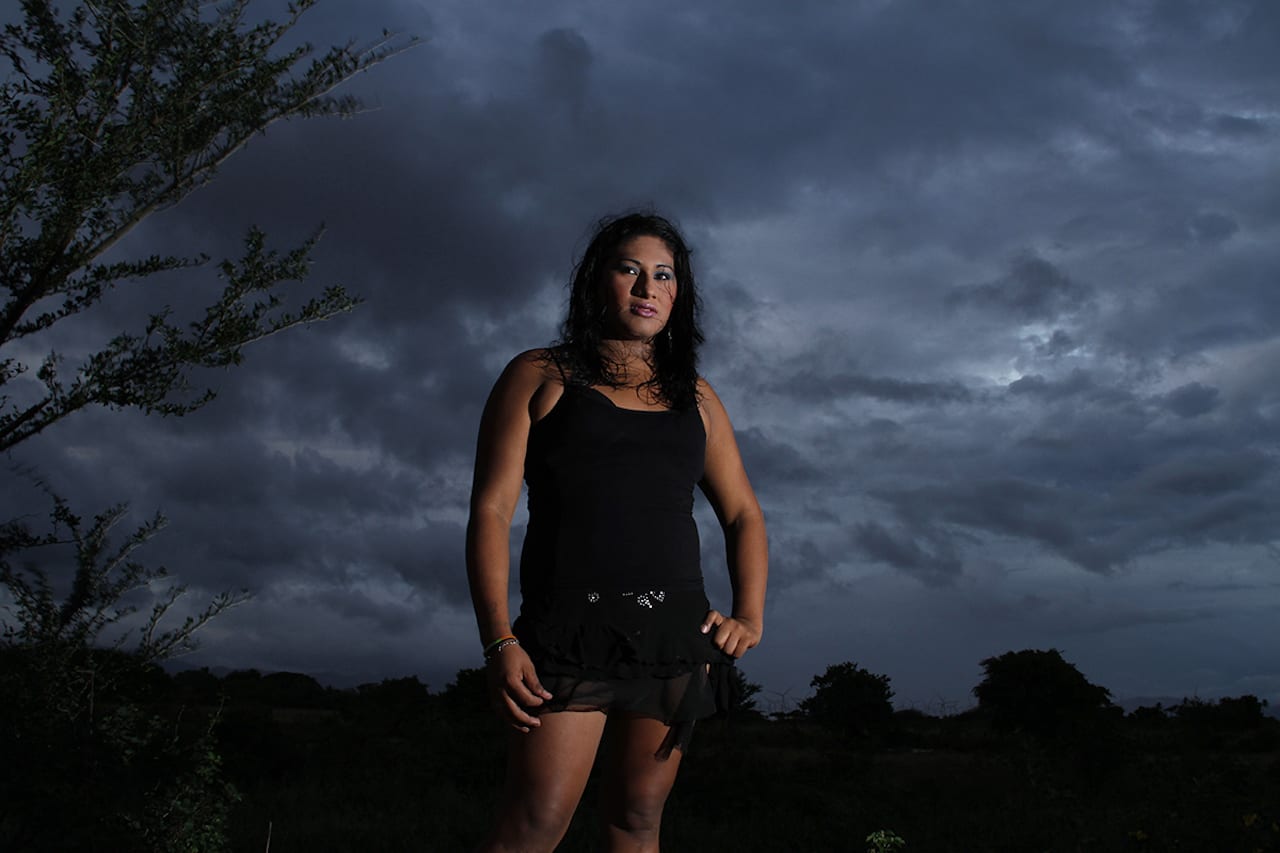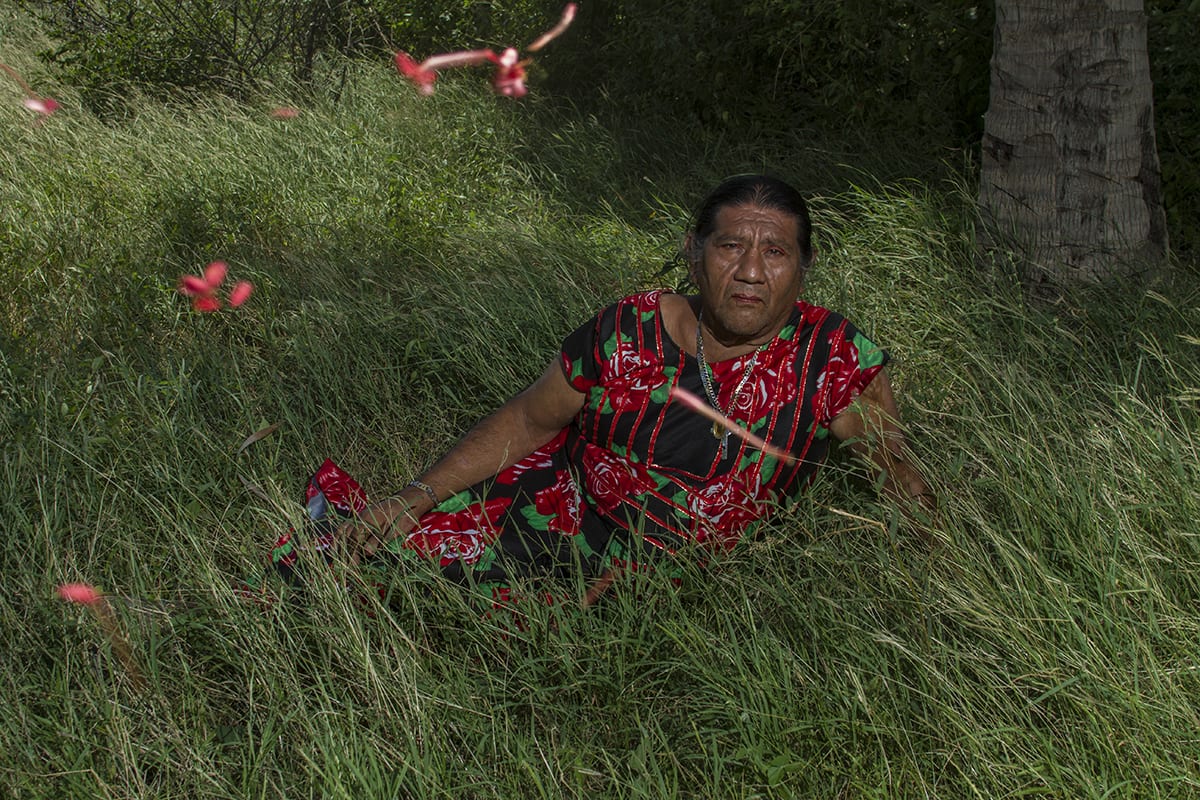Nelson Morales was seven years old when he saw a Muxe for the first time. Seeing an individual he didn’t identify as a woman proudly wearing a tiny swimsuit, fluffy feather boa and glistening sequins at a local festival, he was “shocked”, he says.
But Morales was growing up in the city of Oaxaca, central Mexico, where the Muxes are regarded as a third gender – assigned male at birth but adopting dress and behaviour associated with femininity, often from a young age. Asked to photograph the Muxes community, Morales soon found himself liberated by them.
He continued to photograph the Muxes – and himself – for eight years, hoping to capture the complexity of their lives and to confront his own identity as he joined their community. His book, Musas Muxes, is published by Mexican outfit Inframundo.
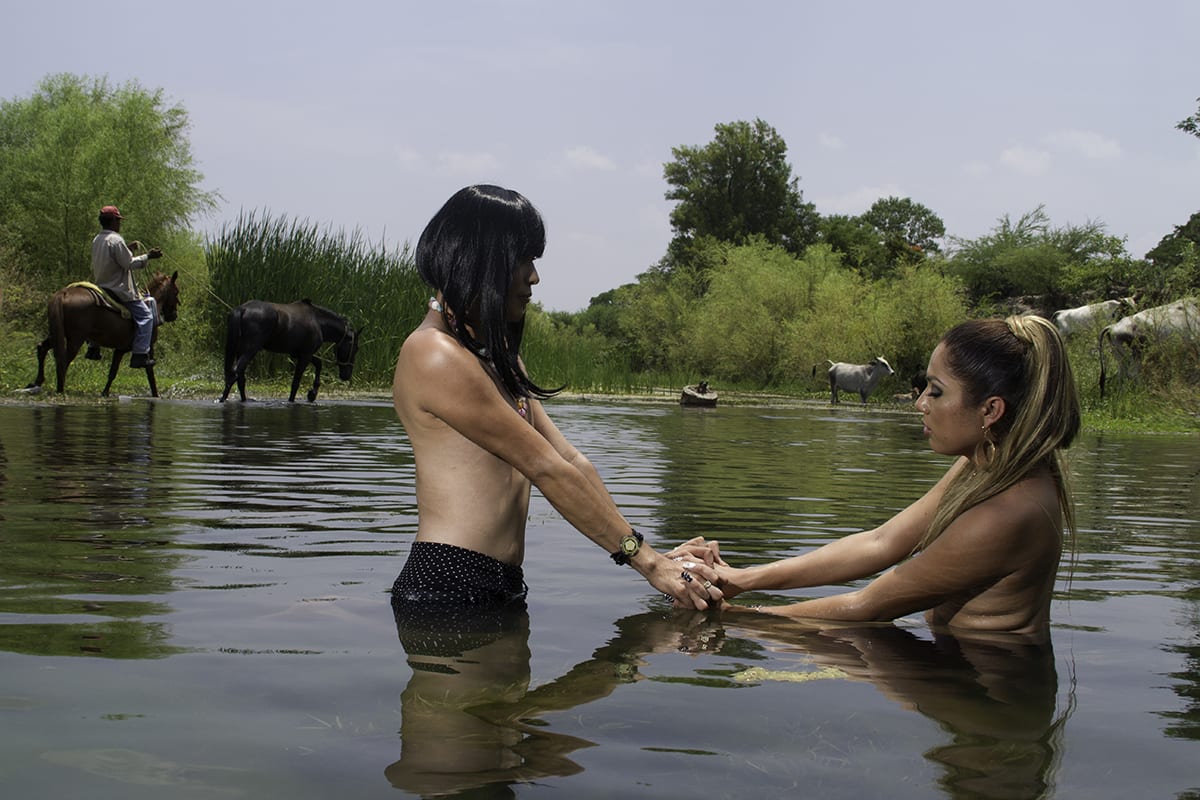 The River, 2014 © Nelson Morales
The River, 2014 © Nelson Morales
BJP: Do you identify as a Muxe?
NM: In the cities in Mexico, I would be regarded homosexual, but in the Isthmus of Oaxaca [the point where the Gulf of Mexico and the Pacific Ocean], where I am originally from, I am a Muxe with defined characteristics. I am not seen as a woman, but I identify as part of the community because I was born there. In our communities there are different types of Muxes – such as the authentic Muxe, who wants to be a woman and lives as such; the Muxes children, who throughout their childhood can wear women’s clothing; the elderly Muxes; and Muxes who do not dress up as women, like me for example.
BJP: When you were a child, did you want to become a Muxe? From reading the text in your book, it seems you were quite conflicted.
NM: I actually didn’t want to become a Muxe, I was terrified of being one. For a Muxe, it’s normal to express their gender from a really young age, their families usually support them, and they are an important part of society because they have their established roles and are valued. But I was very afraid of being rejected. The idea of dressing up and looking like a woman was quite confusing to me. I was scared because my mother is very conservative, but over time we have had a good relationship.
BJP: What is your relationship with the Muxes you photographed?
NM: Many of them are my friends, I continue to photograph some of them, I can say they are my best friends. They continue to intrigue me and I would like to keep exploring their world.
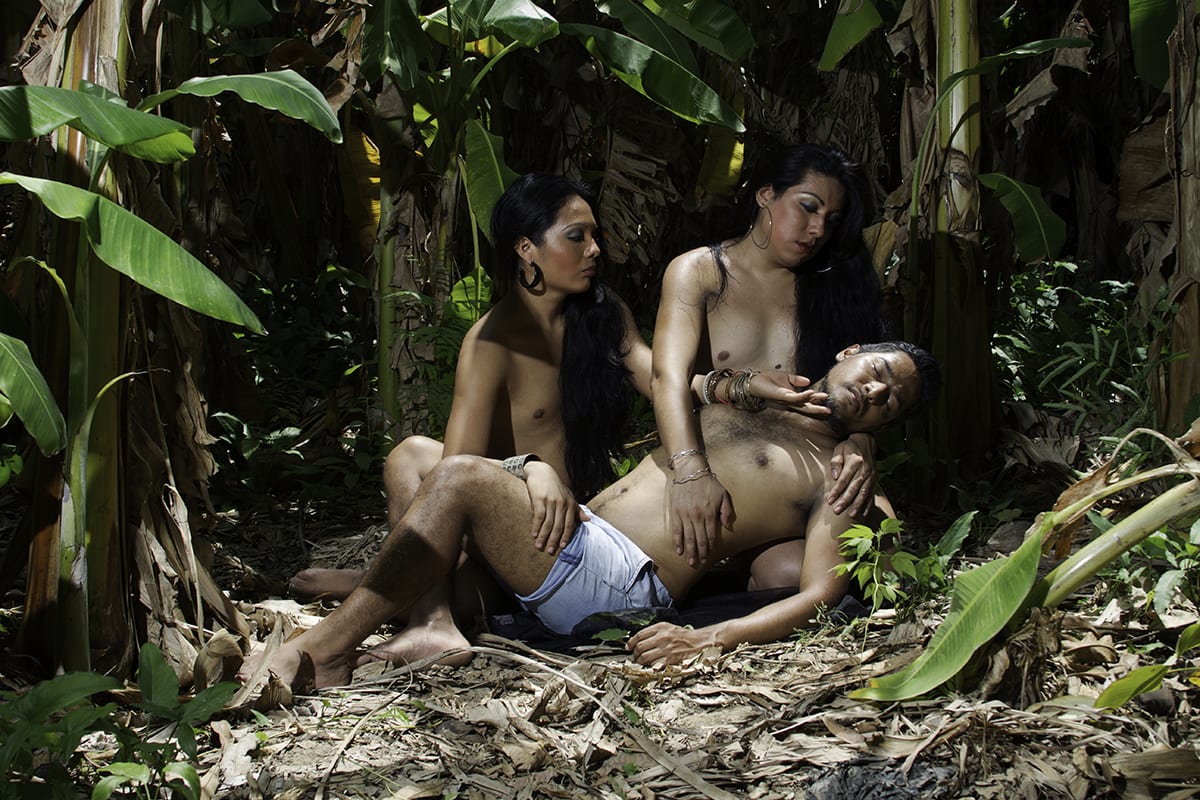
BJP: How did photographing the Muxes change or affect your life?
NM: It made me feel freer and happier with who I am now. First of all I loved making the photographs, and looking at them. I also learned about what it meant to be Muxe, and I am now proud of being part of the community.
BJP: Why do you include yourself in the photographs?
NM: I’m not always a model in my photographs, only when it is necessary or the project requires it. In this project it was necessary to include myself, because it was a way for me to explore my identity and sense of belonging in this community. When I did it for the first time, something exploded in my creative process, and each time I wanted to be more involved with the Muxes. It was challenging, but at the same time liberating.
BJP: You started photography using black-and-white, why did you decide to shoot this project in colour?
NM: When I started taking photographs I wanted to imitate Manuel Alvarez Bravo and Graciela Iturbide, they were my references, but with time I decided to explore with colour and lighting. The result surprised me, I thought my culture and the project would be stronger in more intense colours.
BJP: You photograph a lot outside, in nature. Why is that?
NM: My land is like that – colours are everywhere, in the clothes, houses, decoration, flowers. I also have many pictures indoors, many of them are not included in the book but they have been part of the project. I decided that colour was very important in the sequencing of the book, especially within the open and interior spaces. In the middle of the book is the most intense series of images, with strong characters that I interacted with personally. In the end, nature looks very alive, with an intensity of colours that was in some ways liberating for me.
BJP: Some of your photographs are quite sexually charged, is this is a big part of being a Muxe? Why did you want to include photographs like this?
NM: I think that different cultures in general have an interesting sexual charge. In previous work I have done about this community the images are quite folkloric and everyday. I wanted to get away from that aesthetic and do something deeper and more tense. I also believe that my work is part of my fantasies, desires and all that I have inside me.
BJP: What do you want your book to communicate about this community of people?
NM: I want to show this world from within, tell this story from my personal experience as a Muxe, from inside me. I’ve had all sorts of reactions to this book. For some people it has been challenging to see, and from that I’ve been able to learn more.
www.nelsonmorales.com.mx Musas Muxe by Nelson Morales is published by Inframundo, part of the HYDRA project created by Ana Casas Broda, José Luis Lugo, Ramon Pez www.inframundo.lat
